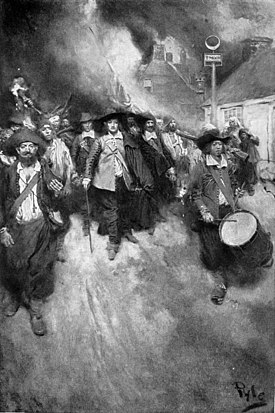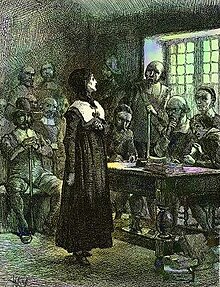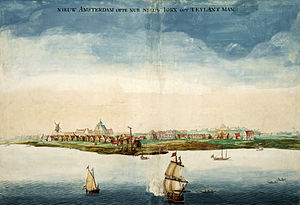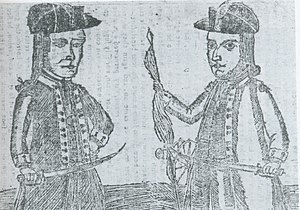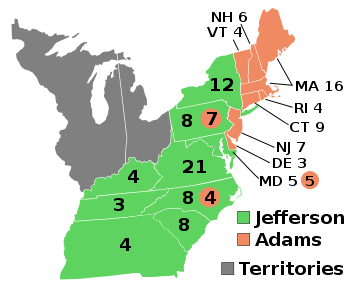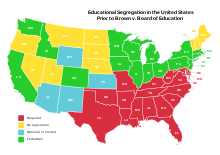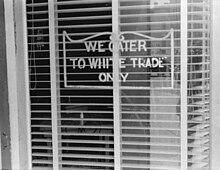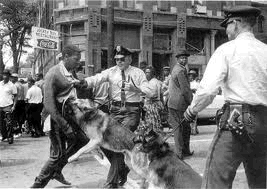
Building America's
Capitalist
Democratic Federalist National Republic
1619 to 1973
by
W.
Antoniotti
Updated 05/08/18
Please Share!
Part 1 Birth of a Republic
2.
1619 Began Representative Democracy and Slavery
3.
Freedom of Religion Began in 1636
4.
All Immigrates Welcomed By 1654 New Amsterdam
6.
Freedom of the Press
Began with the 1735 Zenger
Trial
10.
1786 Shays' Tax Rebellion Leads to a Constitution
Part 2 Determining Political Power and
"We the People"
George Washington
Creates Executive Privilege
Jackson's New Use for the
Veto
12.
1800
Sees First Peaceful Democratic Power Transfer
13.
Marshal's 1803 Power Grab Creates a Third Separate Power
The Power Grab Continues
Recent Supreme Court Managing Efforts
15. Who Are the
People of We the People?
Part 3 Increasing We of "We the
People"
23.
Who
Protects the Unalienable 1866 Rights of Whom
25.
1870's Take Away Unalienable Rights
TR
Took on 1904
RR Trusts
33.
1930's Safety Net Deficits, Like War Deficits, Prove Attractive
42.
1973
Finally Brings Faster Track Civil Rights

from American Nations Larger Map
See
Turning Points in American History Summary,
Presidential Courage Summary

